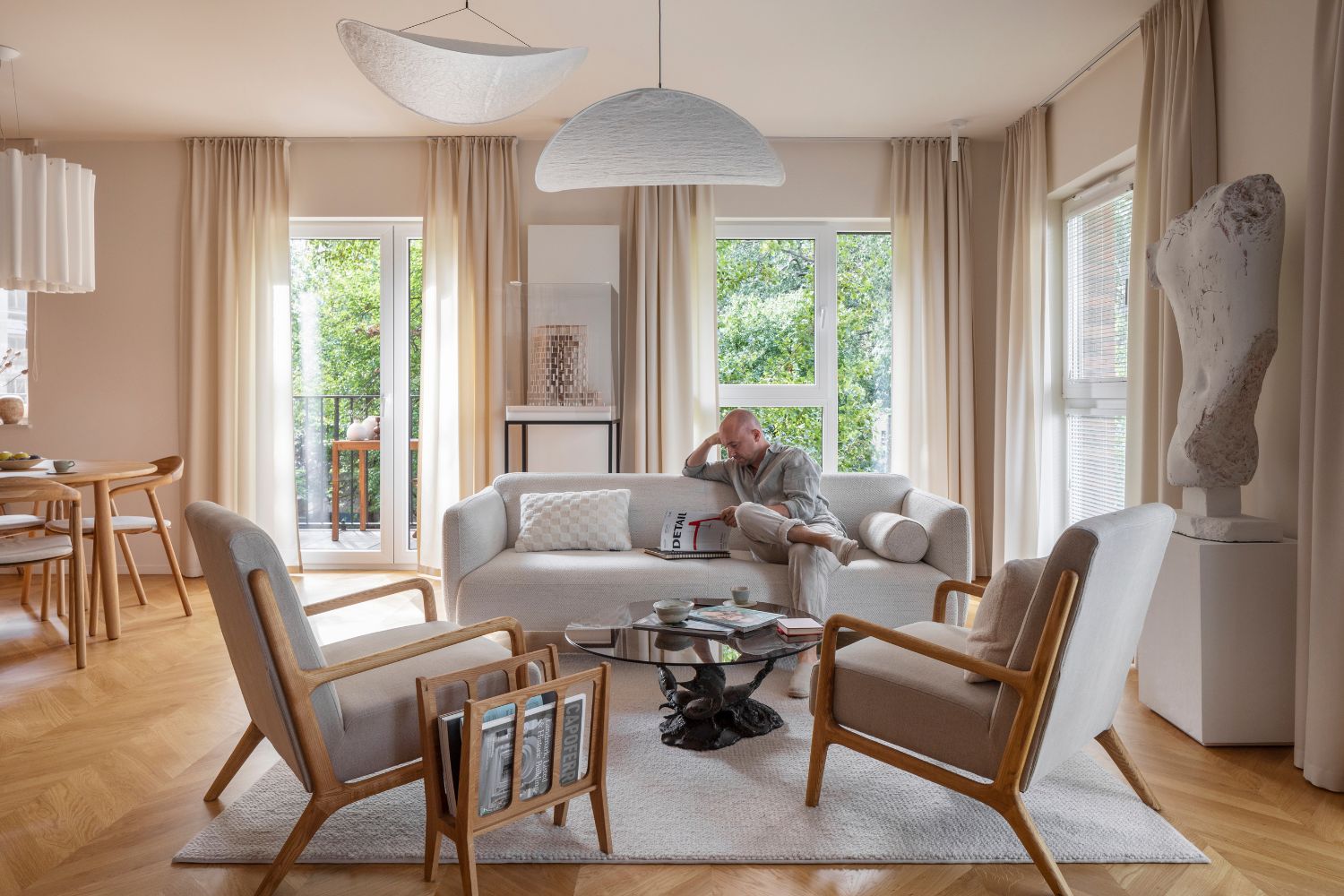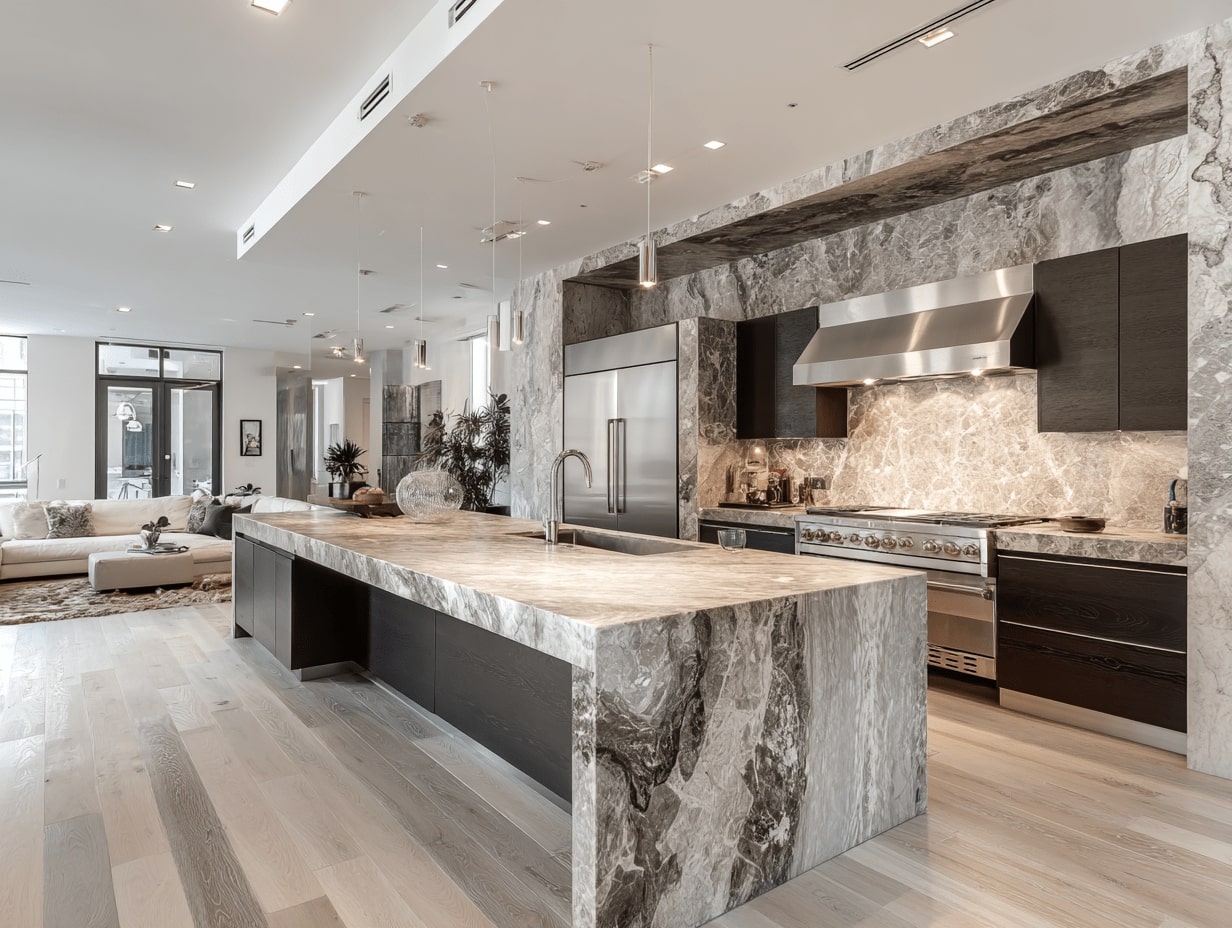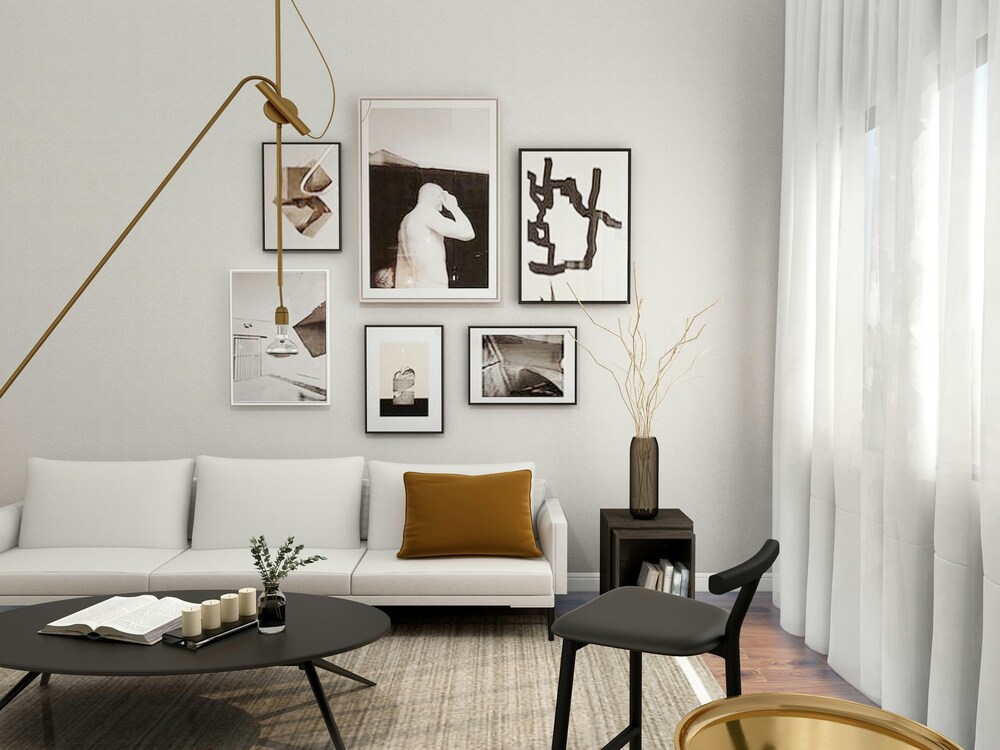- Home
- Articles
- Architectural Portfolio
- Architectral Presentation
- Inspirational Stories
- Architecture News
- Visualization
- BIM Industry
- Facade Design
- Parametric Design
- Career
- Landscape Architecture
- Construction
- Artificial Intelligence
- Sketching
- Design Softwares
- Diagrams
- Writing
- Architectural Tips
- Sustainability
- Courses
- Concept
- Technology
- History & Heritage
- Future of Architecture
- Guides & How-To
- Art & Culture
- Projects
- Interior Design
- Competitions
- Jobs
- Store
- Tools
- More
- Home
- Articles
- Architectural Portfolio
- Architectral Presentation
- Inspirational Stories
- Architecture News
- Visualization
- BIM Industry
- Facade Design
- Parametric Design
- Career
- Landscape Architecture
- Construction
- Artificial Intelligence
- Sketching
- Design Softwares
- Diagrams
- Writing
- Architectural Tips
- Sustainability
- Courses
- Concept
- Technology
- History & Heritage
- Future of Architecture
- Guides & How-To
- Art & Culture
- Projects
- Interior Design
- Competitions
- Jobs
- Store
- Tools
- More
Interior Design Best Practices for Living Rooms

Creating a comfortable and stylish living room requires a balance of both design and function. It’s a space where you can relax, host friends, or spend quality time with family. By making thoughtful choices about colour, furniture, and layout, you can turn a simple area into a special one.
Whether you live in a small apartment or a large house, following some basic design principles can help you create a living room that showcases your style and meets your needs.
Here’s how to improve your living room design.

Table of Contents
ToggleChoose a Colour Palette
Picking a colour palette is crucial for a balanced living room. Start with a base colour, such as beige, gray, or soft white, to create a calming background. Then, add accent colours through furniture, artwork, and accessories. Dark shades like navy or forest green can add depth, while lighter colours can brighten the space.
Consider how colours affect mood. For example, blue can be calming, while yellow and orange can bring energy. When you visit a furniture store, take color swatches home to see how they look in your lighting. This step can significantly impact the overall feel of your room.
Prioritize Furniture Arrangement
Arranging furniture for functionality is key. Consider how you will utilize the space. If you like to entertain, create a setup that encourages conversation. A central coffee table or an L-shaped sofa can foster interaction among guests.
Avoid pushing all furniture against the walls, as this can make the room feel disconnected. Instead, bring seating inward to create a cozy gathering area. Keep pathways clear for easy movement. A well-arranged furniture improves both the appearance and accessibility of the room.

Incorporate Textures and Layers
Adding textures makes your living area more inviting. Layering different materials creates depth. Consider using plush rugs, smooth leathers, and soft fabrics like cotton or wool. Adding throw pillows and blankets in various textures can provide warmth and comfort.
Feel free to mix and match finishes when selecting furniture. A wooden coffee table paired with metal accents or a woven basket adds a unique touch. Look for items in local stores that offer a variety of looks and feels. Your goal is to create a welcoming space for the senses.
Focus on Focal Points
Every well-designed living room needs a focal point, like a fireplace, a large artwork piece, or a standout furniture item. This focal point captures attention and centers the room. Once you identify it, arrange the furniture to enhance its presence.
If your living room lacks a natural focal point, think about creating one. A gallery wall featuring family photos or an attractive bookshelf can serve as a visual focal point. A mirror can also help make the room appear larger and brighter by reflecting light.

Select Functional Furniture
Choosing multifunctional furniture is smart, especially for smaller spaces. Look for ottomans that provide storage or coffee tables that can be converted into dining tables. Sofas with built-in reclining features or modular furniture that can be rearranged offer flexibility.
While shopping, focus on pieces that match your lifestyle. If you have kids or pets, choose durable fabrics that resist wear but still look good. Consider how you live and select furniture that suits your needs while still looking stylish.
Accessorize Thoughtfully
Accessories complete your living room design. They show your personality and can change a room from ordinary to special. Start with key items like curtains or blinds that match your colours and provide privacy.
Add decorative items like vases, books, and plants to liven up your space. Use a mix of items at different heights to create interest. When arranging accessories on shelves or tables, aim for balance. Combine larger and smaller items but avoid cluttering the area.
Lighting Matters
Lighting is essential for setting the mood in your living room. Combine ambient, task, and accent lighting for a layered effect. Overhead lights give general light, while floor or table lamps add warmth for reading or relaxing.
Consider using dimmers to adjust the brightness for various occasions or times of day. Don’t forget natural light; sheer curtains can soften sunlight without blocking the view. A bright and airy living space lifts your mood and creates a welcoming feel.
illustrarch is your daily dose of architecture. Leading community designed for all lovers of illustration and #drawing.
Submit your architectural projects
Follow these steps for submission your project. Submission FormLatest Posts
BXB Studio’s Hybrid Interior: Redefining the Modern Architectural Workplace
The Warsaw headquarters of BXB Studio was established in a modest 70...
5 Must-Know Interior Design Trends in American Homes
From warm minimalism to bold oversized artwork, these five interior design trends...
How Open Kitchens Create a Sense of Space Indoors (Without Sacrificing Function)
Open kitchens: see how sightlines, lighting, and smart layouts make rooms feel...
The Revival of Chunky Fiber Crafts in Modern Interior Design
Contemporary interior architecture has shifted away from hard minimalism. After a decade...












Leave a comment